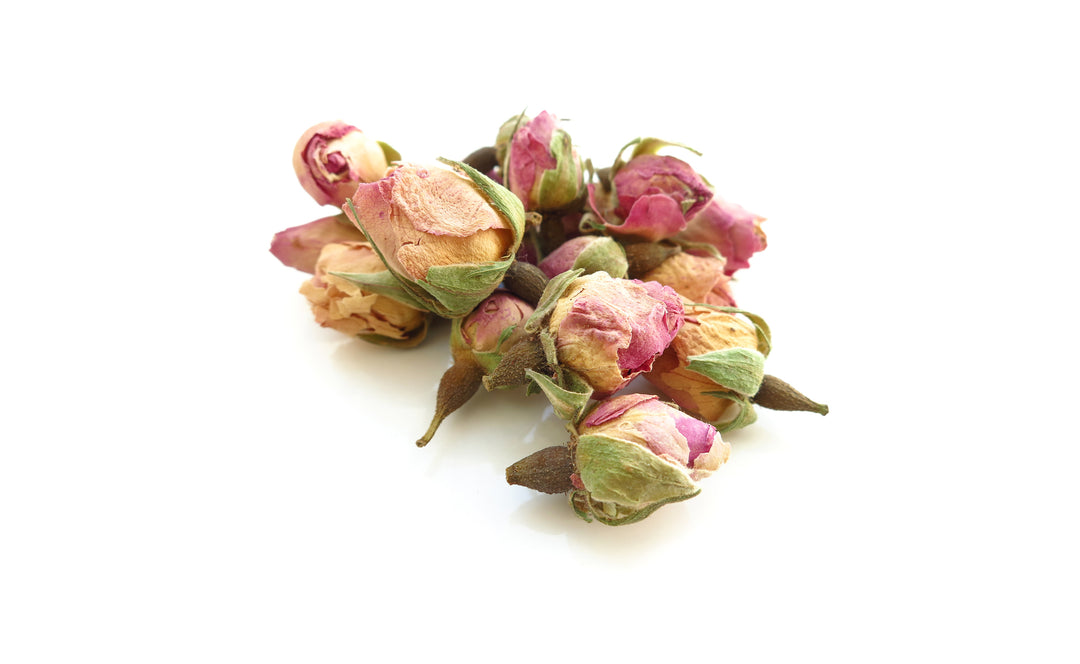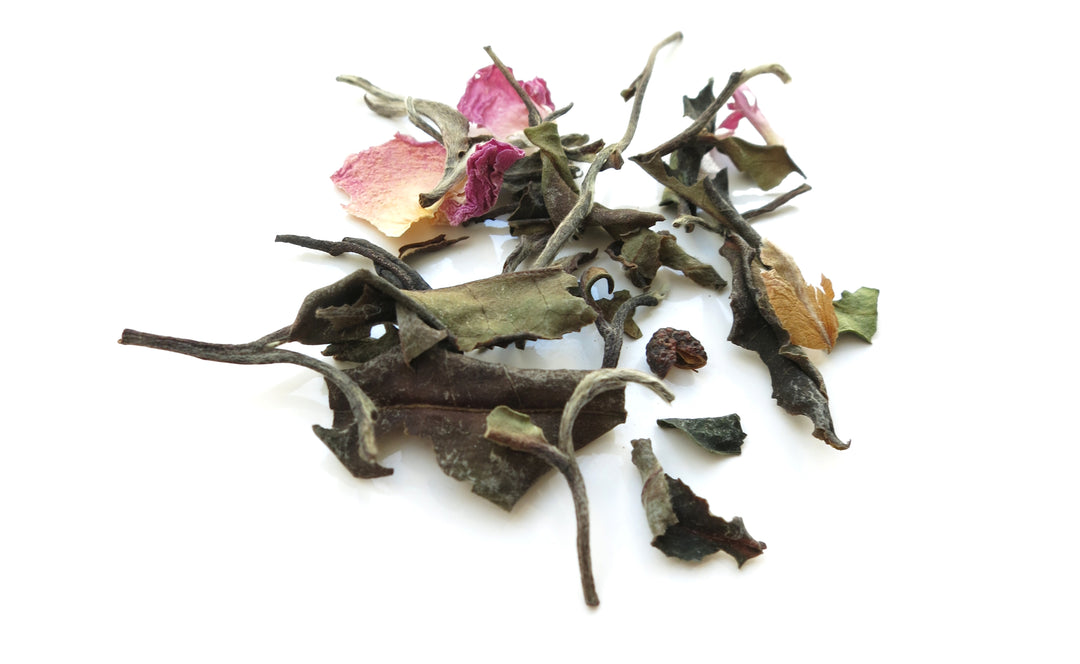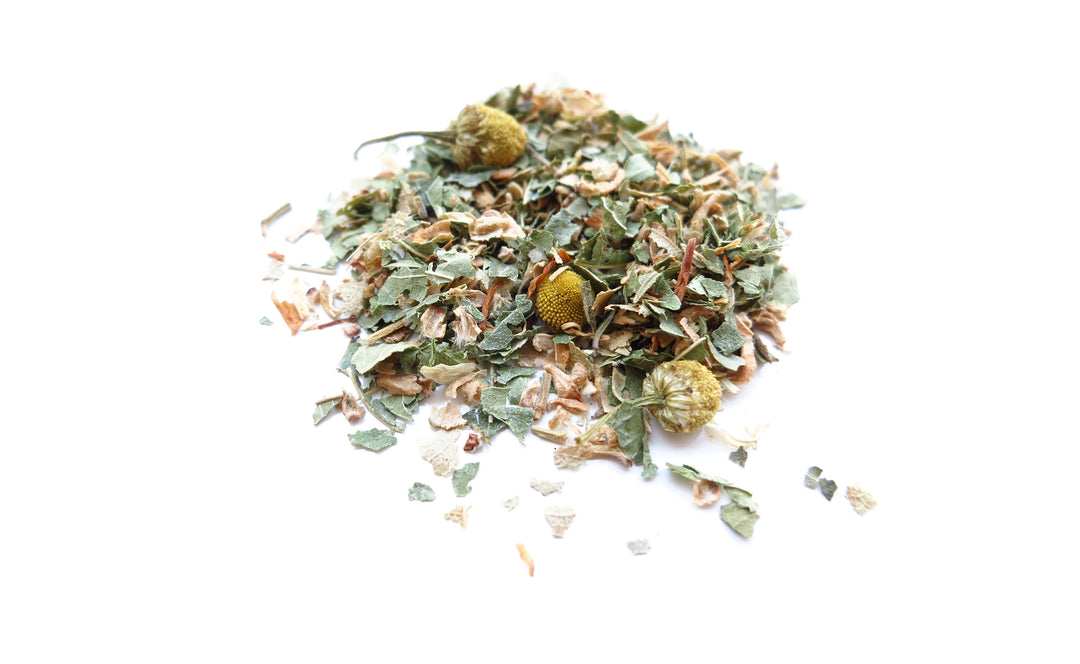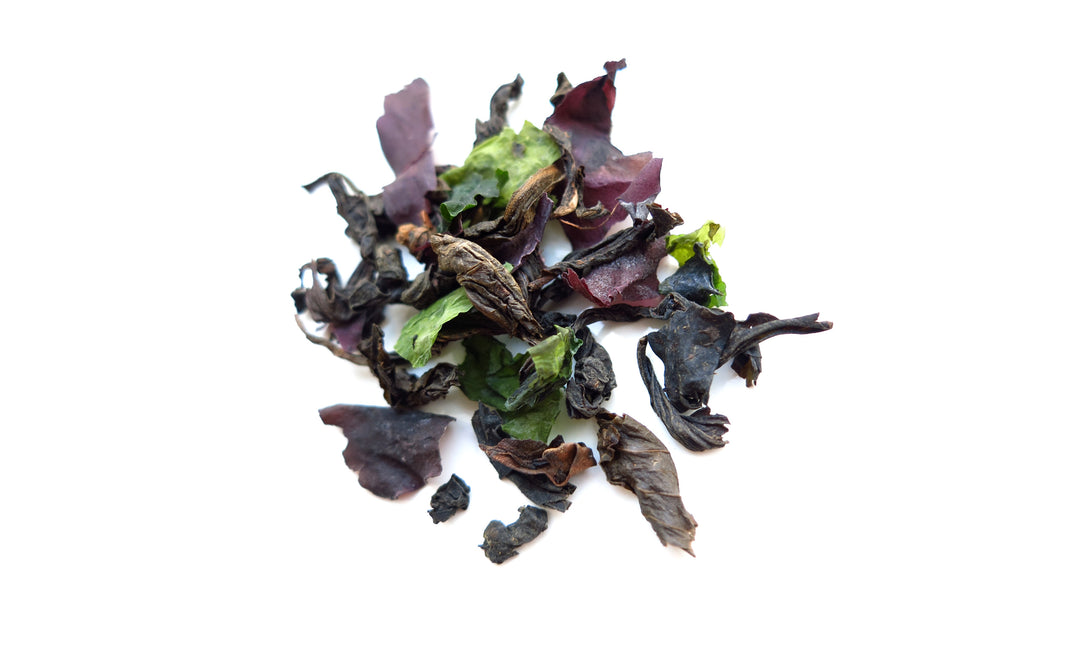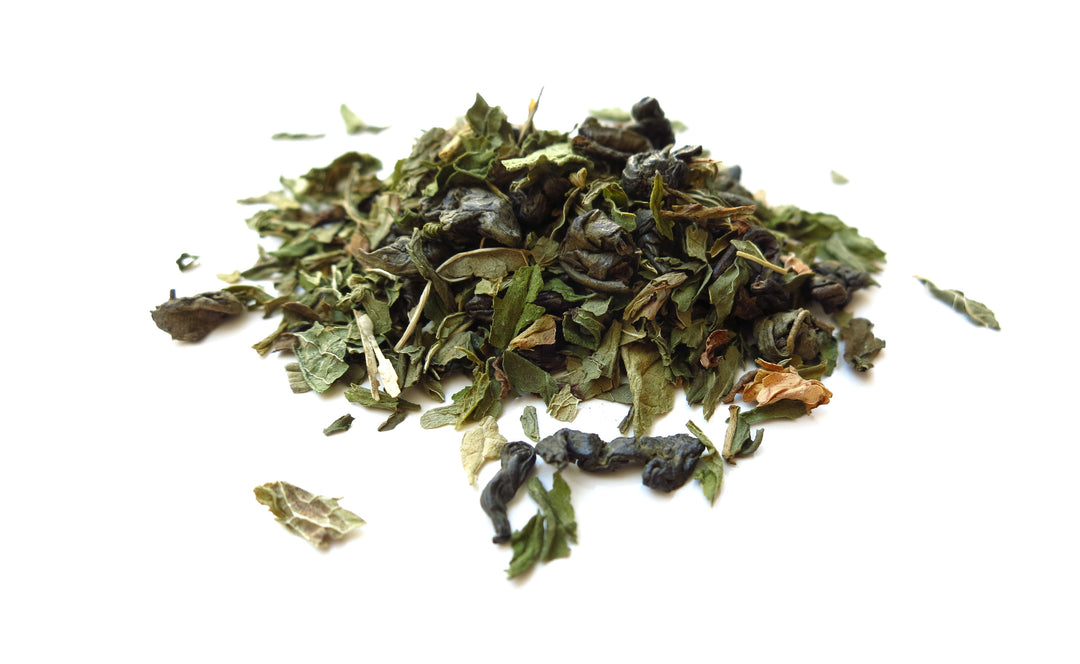Botany
Botany, a science of the living where pictorial and poetic art mixes with scientific precision.
In order to immerse you even more in the heart of botany, you will find in each product sheet botanical illustrations of the plants making up the mixtures. It is a tribute to the science of living things that is botany, carried by the meticulous work of botanists, especially during the Enlightenment. Linné, Redouté, Bonnier, de Layens, and the most contemporary, Jean Marie Pelt have searched, listed, described, deciphered, drawn all these beauties of nature. For my part, the Deyrolle plates and the Bonnier Flora have accompanied my schooling and my professional life. Most of the illustrations you will find in the store, including the tea tree illustrating this article, come from "Köhler's Medicinal Plants" a medicinal guide published in 1887, written by Hermann Adolph Köhler (1834-1879), a physician and chemist with an interest in the virtuous use of plants.
This medicinal use of plants is millenary and universal. It is found in Mesopotamia, in ancient Egypt, in India with the famous Ayurvedic medicine, in Peru where herbal medicine is officially recognized, in China where the traditional pharmacopoeia lists more than 1000 plants. In Europe, "simple medicine" was the name given to medicinal plants in the Middle Ages. Their cultivation practiced by priests in enclosed gardens, the hortus conclusus, was inspired by the Book of Wisdom of the Bible, according to which it was necessary to know the virtues of plants. As for the profession of herbalist, which consisted of the preparation, advice and marketing of medicinal plants, it was recognized in France from 1312 until September 11, 1941, when the state diploma of herbalist was unfortunately abolished.
Combining taste and virtue, this is my botanical promise, good tasting!
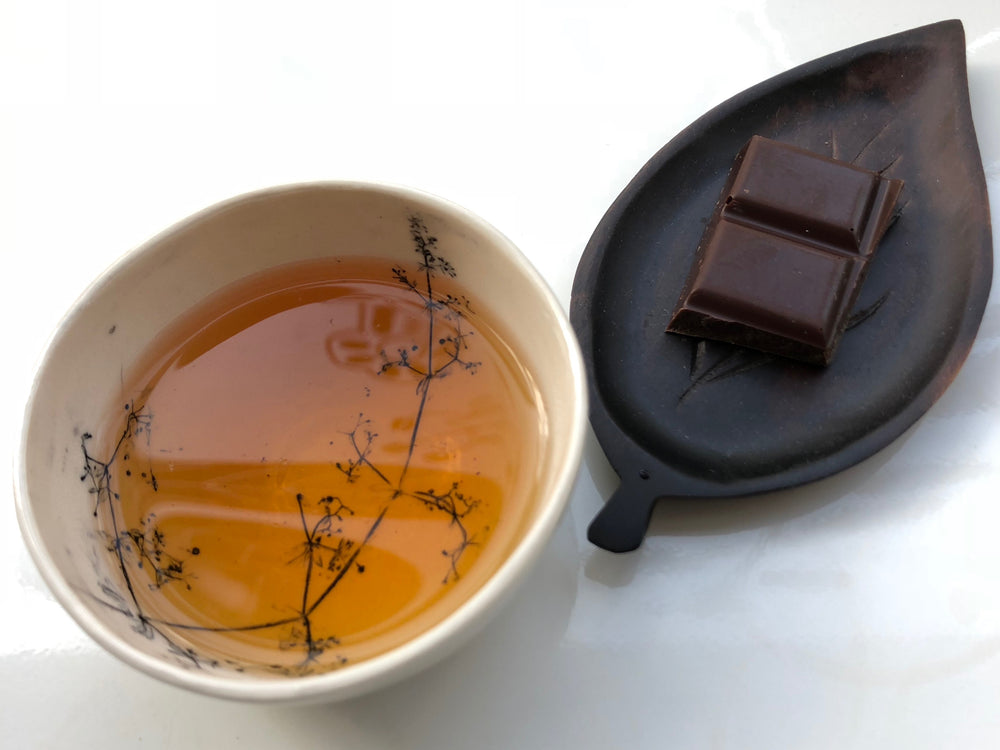
.jpg?v=0&transform=resize=700x-)
